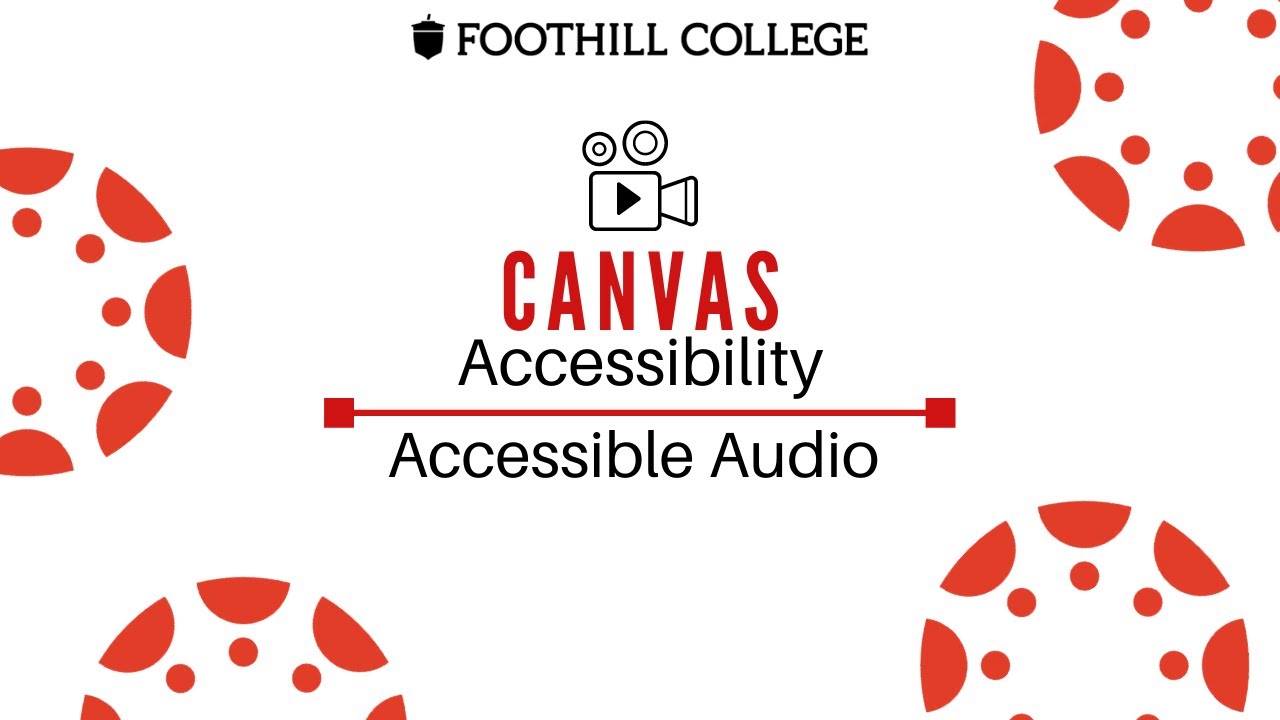
Captioning
Captioning Rules & Options
Use of video and/or audio in online and/or hybrid classes can be a powerful way to engage students with course content. However, some students may not be able to benefit from the use of rich multimedia due to physical disability, language barriers, and/or technical issues.

Benefits of Captioning
Improves retention for all learners given the multimodal learning mediums of sight and sound
Provides content appropriate for different learning styles
Supports students with varied comprehension levels (ESL, DSS)
Compliance with the law - section 508, 504 and some state and local laws that state material must be accessible to all
Online and hybrid courses may be audited for accessibility compliance under at least three circumstances:
- Office of Civil Rights receives a complaint
- Accreditation visits
- Accessibility reviews contracted by the State Chancellor's Office
Required
- If a video includes both audio and visuals and will be archived for repeated use, it must be captioned. A transcript alone is not enough.
- Any video shown in class—whether created by the instructor or owned by the college—must be captioned if a student enrolled in the course requires captioning as an accommodation.
- If you take clips from longer works, combine them, and archive the final video, that video must be captioned.
- Any video produced by the college and posted on a public website must be captioned.
- Transcript: If the material is audio only, no video, and is archived, then a transcript is all you need.
- Most required instructional video used more than once for online and hybrid courses MUST be captioned and audio must be transcribed.
Optional
- If a video is used for just one term and the class has restricted access (for example, it’s password-protected and only enrolled students can view it), then captioning or a transcript is only required if a student requests it as an accommodation.
- If the material is on YouTube or other online video site and you are just providing a link to content that is not required, then you only need to caption if a student requests an accommodation.
- If the material is student work or other raw footage that will not be archived for repeated use.
- There is no need to caption longer works if you are just pulling clips from it. Wait and caption the montage that you create.
- If the video already has foreign language subtitles, do not caption unless requested to do so as an accommodation.
Captioning Options

Adding Captions to Canvas Studio Media
If you create videos in Studio, you can caption them there. Studio provides machine captions that are fairly accurate, but you must edit them to ensure full accuracy.

Create captions for my YouTube videos
Upload your videos to your YouTube channel to generate automatic captions. Be sure to review and edit them to ensure accuracy before publishing.
Note: You must respond to student requests for captioning/transcribing within 24 hours and complete the captioning/transcribing process in a timely manner. The captioning/transcribing has to be done in time for the student to have the material whenever the rest of the students are expected to know it.
